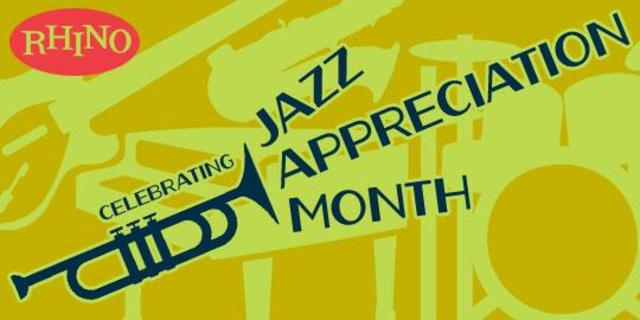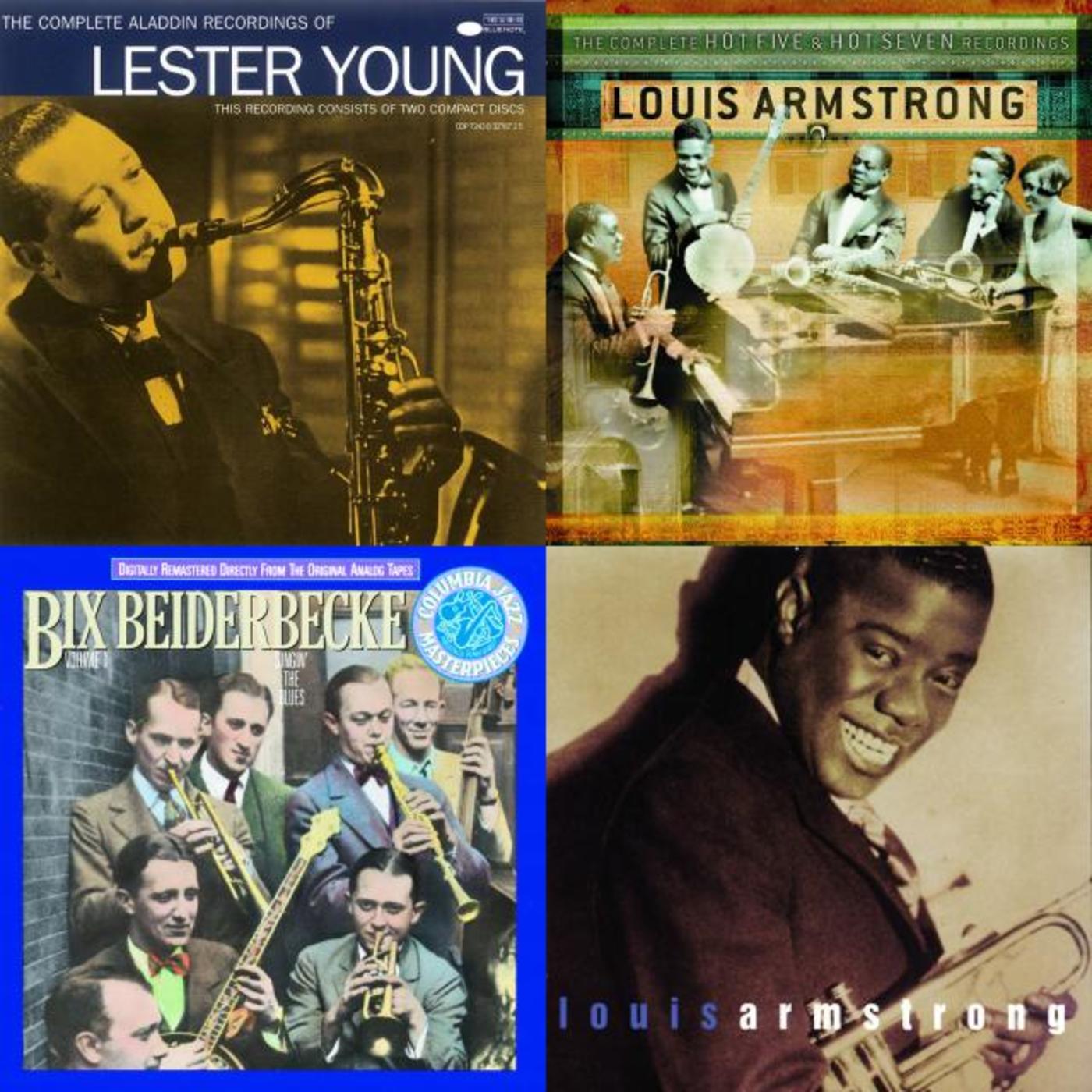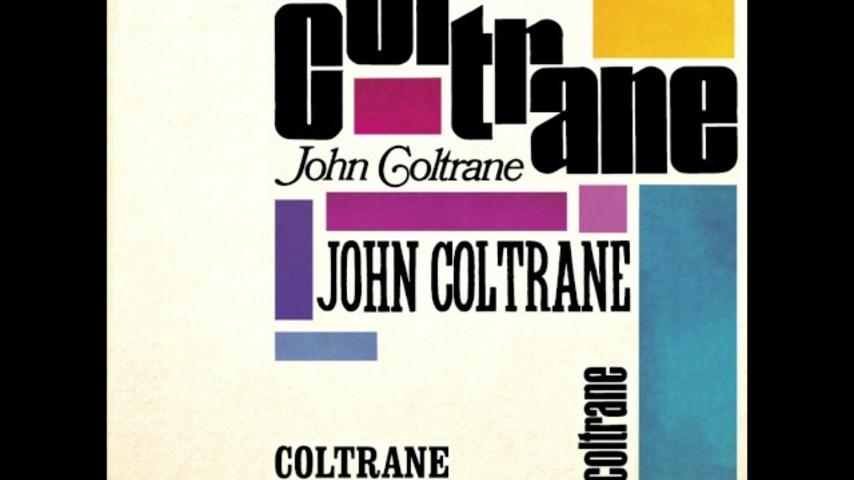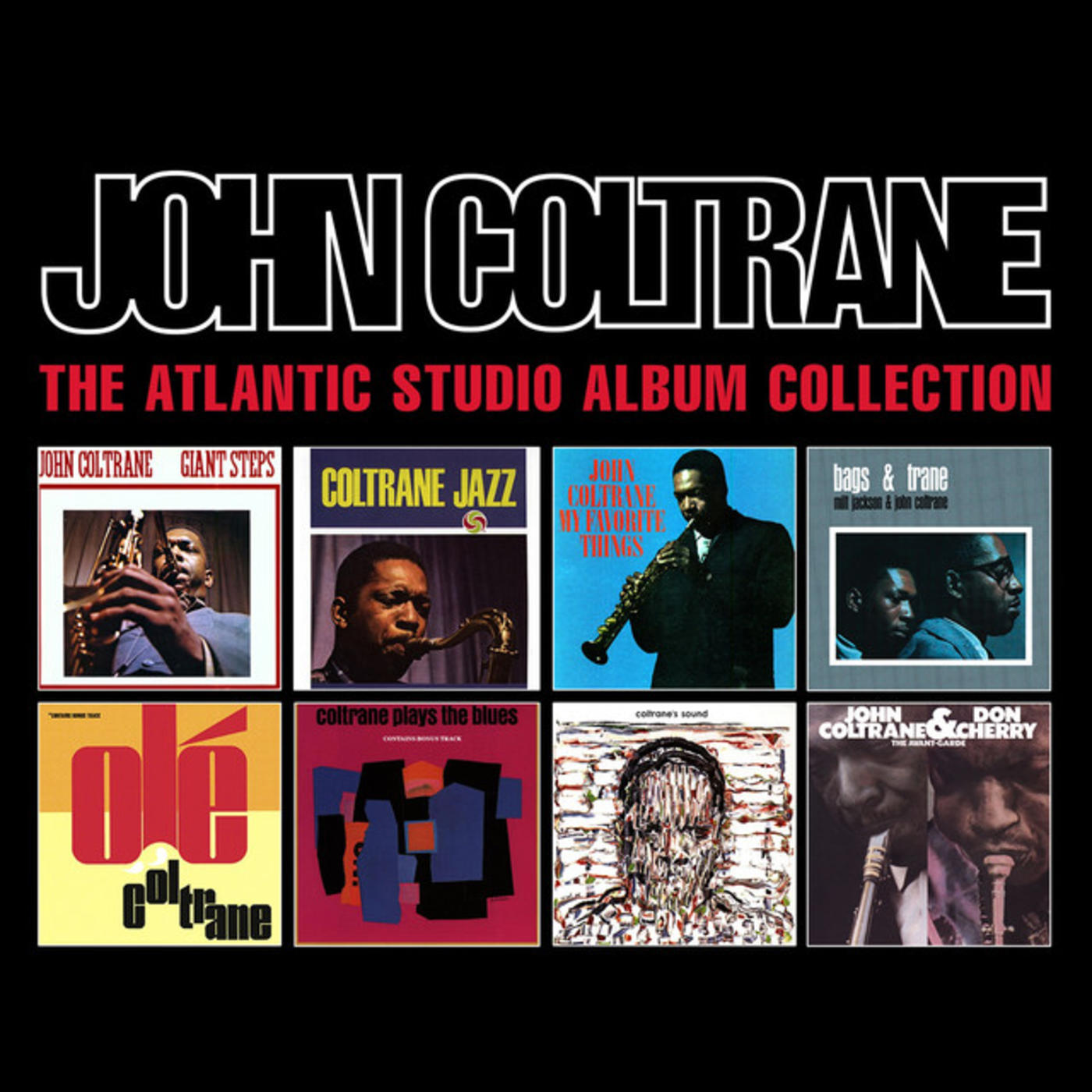Jazz Appreciation Month - "Young Man With A Horn"

YOUNG MAN WITH A HORN
In honor of Jazz Appreciation Month, we're spotlighting the great players and seminal recordings of “America's classical music.” Where to begin? Jazz, by its nature, incorporates many influences and takes many forms. But if you were asked to picture a “jazz musician,” more than likely your mind's eye will see a “young man with a horn.”
The Kirk Douglas movie version of a jazzman may not resonate with you, but a trumpeter or saxophonist blowin' hot in a smoke-filled club epitomizes the image of a jazz virtuoso. For the reason brass shines the brightest in the mix, consider the music's early 20th century origins – in an era that predated electric amplification, it's what could most easily carry through a crowded room. Jazz's first great star was a cornet player, Louis Armstrong. After an apprenticeship with King Oliver, Armstrong made his name leading small groups in the 1920s (the “Hot Fives” and “Hot Sevens”) that rewrote the book on improvisation. That he was also a distinctive singer (Armstrong is often credited with the invention of scat-singing) helped ensure that “Satchmo” remained a dominant jazz figure for decades.
The '30s and '40s saw the rise of the big bands. Though more than a couple were led by skilled horn players – trombonist Glenn Miller and sax/trombone players Jimmy & Tommy Dorsey - the big bands better served as stepping stones from which talented instrumentalists emerged to record in smaller combos. Tenor sax great Lester Young cut his teeth in the Count Basie Orchestra. Trumpeter Dizzy Gillespie played for Cab Calloway. Charlie Parker worked his way up through Jay McShann's Orchestra.
With Parker, aka “Bird,” we get closer to the jazzman of popular perception. Postwar America was an entirely new ballgame, culturally speaking, where a restlessness with the old order birthed film noir, abstract art and Beat literature. The music of Charlie Parker was the perfect accompaniment to this headlong rush into the unknown – one last wild party before they dropped the atom bomb. The go-for-broke solos on his classic Savoy and Dial sides suggest Parker knew the party would one day come to an end, and it did – he died at 34 after years of heroin abuse.
Bird's bebop was hot, but Miles Davis (who had played trumpet in one of Parker's latter-day combos) was most definitely cool. Atmospherics were more important than speed to Davis; his meticulous playing evoked moods with a cinematic richness, be they kinds of blue or sketches of Spain. Beyond his skills as an instrumentalist, Miles made his mark through ceaseless exploration; however successful a particular approach proved to be, he was soon on to the next sound. Some fans may wish he'd never stopped recording with Gil Evans, but then we might never have gotten Bitches Brew and jazz fusion. All the way up to his final Warner Bros. recordings in the early 1990s, Davis did what all truly great artists do – keep the audience guessing.
Davis' other enduring legacy was as a bandleader; virtually every player of note in the latter half of the 20th century spent some time making music with Miles. Arguably the greatest of these was tenor saxophonist John Coltrane. His work on Kind Of Blue is one of the reasons that album is often cited as the finest in jazz history, but as an artist in his own right, 'Trane cut a path that was equally distinguished. Signing with Atlantic Records, his solo work incited some controversy in the critical community (“sheets of sound” was the phrase one used to describe Coltrane's revolutionary style), but ultimately it was hard to deny the mastery of such albums as Giant Steps and My Favorite Things. His final recordings for Impulse take another intriguing turn, but unfortunately John Coltrane was another giant we lost too soon (at age 40, of liver cancer).
One of Coltrane's Atlantic albums was entitled The Avant-Garde, but when it came to jazz at its experimental fringe, even he takes a back seat to Ornette Coleman. On landmark albums like Free Jazz, the alto saxophonist developed an approach he termed “harmolodics” which promoted melodic improvisation unbound by chord constrictions. The critics, again, were divided; the shape of jazz to come didn't necessarily reveal itself on initial listen. But one of the strengths of Ornette's music lies in its irritating insistence that there's something hidden there; whether the little bulb over your head lights up on the first play or the tenth, Coleman's finger is always on the switch. And as of this writing, he continues to make challenging and rewarding music.
Jazz continued to flower in the 1960s, particularly at Atlantic where a number of talented horn players emerged. After the Beatles hit, rock got the lion's share of the attention, but Rahsaan Roland Kirk's larger-than-life persona could rival that of any pop star. Blind, and taken to playing multiple instruments (the sax, stritch and manzello) at once, he was an unusual performer for unusual times – whether, as legend has it, The Inflated Tear was the result of an acid trip or not, Rahsaan fit psychedelia to a tee. Less flamboyant but equally skilled, tenor great Yusef Lateef brought elements of African and Eastern music into his playing. Eddie Harris (along with keyboardist Les McCann) scored a surprise hit with “Compared To What.” And performers like David “Fathead” Newman and Hank Crawford made strong solo recordings while playing baritone and alto sax in Ray Charles' band.
The light dimmed a bit on the brass section beginning in the 1970s, when fusion focused on keyboard and guitar histrionics, but great horn players were still out there, if you listened. The earliest Chicago albums, for instance, make clear that James Pankow, Walt Parazaider and Lee Loughnane are well-schooled in jazz. Ever-evolving radio formats offered niches for more pop-friendly players like Chuck Mangione or David Sanborn, whose offhand virtuosity is now almost taken for granted with nearly 30 albums under his belt. Classical crossover artists like trumpeter Wynton Marsalis are also ambassadors for instrumental improvisation. As the sounds of jazz continue to diversify, its disciples will continue to crop up in surprising places. The one thing that's certain is that right now somewhere there's a young man – or woman – with a horn, practicing to Armstrong or Parker or Coltrane, awaiting their turn in the spotlight.



